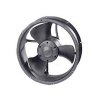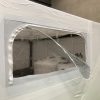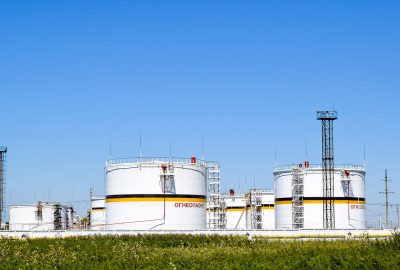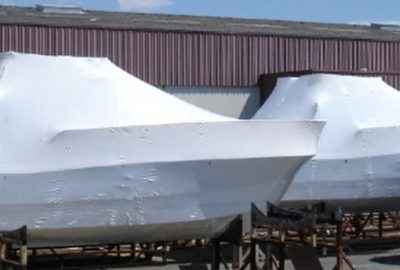LPG, which stands for Liquefied Petroleum Gas, includes gases such as propane, butane and propylene (or propene).
They are bottled in liquid form.
At their usage temperatures, they are generally in vapour form. However, this characteristic varies according to their nature.
A closer look at butane and propane
These are the two most commonly found types of gas. Stored in a bottle, these gases are not pure and their composition varies slightly according to their origin.
Butane gas
Of the two gases, butane has the lowest pressure. At temperatures of below 0°C, it is a liquid and has virtually no capacity for evaporation. In other words, it is practically impossible to use in such conditions. This is why, in our part of the world, it is stored indoors .
At a temperature of 20°C, its pressure is around 1.5 bar.
Propane gas
This gas has a higher vapour pressure (pressure in the bottle). At 0°C, it has a pressure of 4 bars and the temperature must fall to -40°C before zero pressure is reached.
At 20°C, its pressure is approximately 7 bars, which is why the use of a regulator, which will reduce its pressure to a usable level (for example 4 bars for bitumen-roll burners, shrink-wrapping burners, etc.) is recommended.
Applications
The characteristics described above hold true when the bottle is not connected to a tool. Things change when a tool is connected and gas is drawn from the bottle to enable its operation.
When gas is drawn from the bottle, the liquid inside begins to boil and cools down . The higher the flow rate, the lower the temperature drops. This is a well-known and very visible phenomenon. It is sometimes referred to as ‘condensation’, ‘frosting’ or ‘freezing’ .
Actually, what can be seen is condensation of moisture in the air on the cold sides of the bottle, which are in contact with the liquid inside. Furthermore, the condensation will not be seen around the top of the bottle, as there is no liquid in this part.
If the temperature of the gas in the bottle is above 0°C, drops of water will form on the bottle. If the temperature is below 0°C, however, ice crystals will form.
As stated above, there is a direct relationship between temperature and pressure. As a result, the pressure in the bottle decreases as the temperature falls.
Therefore, given their respective pressures, it is easy to see why propane has greater capacity for use and is very often favoured in situations where high flow rates are required, especially when the ambient temperature is low.
This is why the vast majority of EXPRESS heating tools are designed for use with commercial propane in gaseous phase under a pressure of 2 to 4 bars. It is, therefore, important to always carefully consult the technical specifications of any such tools you are planning to use.







